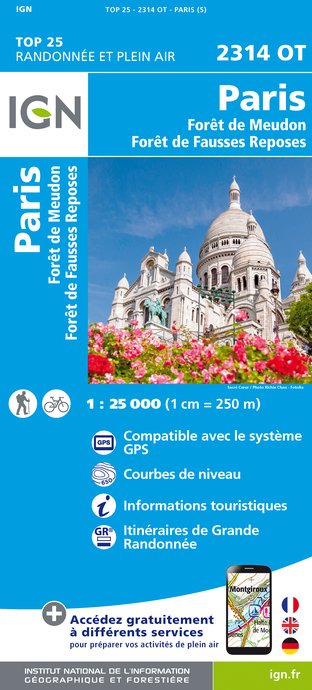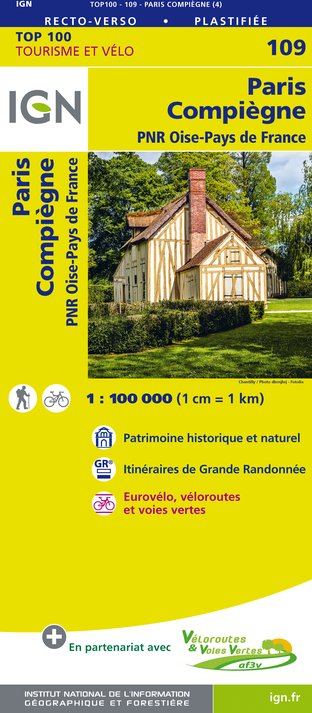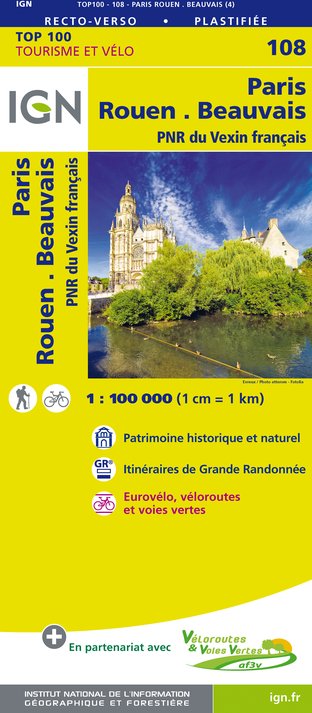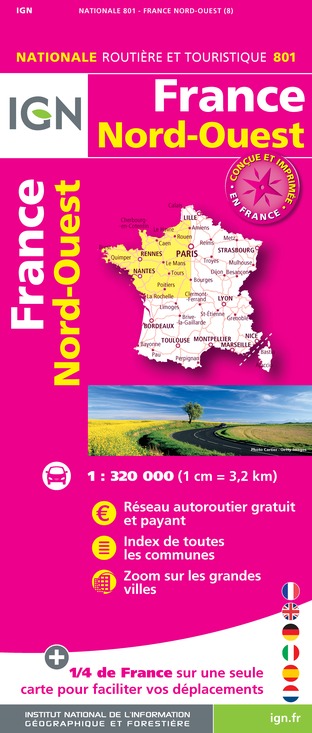Alert
Alerts
The Coats of arms of Paris « Fluctuat nec mergitur »



IGN cards













Description
Leave to the discovery of the blazons of Paris and follow its currency " Fluctuat nec mergitur ", what means " He is beaten by streams, but does not sink ". Its balson evokes Scilicet, vessel and symbol of the powerful corporation of Nautes or the Traders of the water, manager of the municipality in the Middle Age. Its complete representation, it also contains the decorations that the city was authorized to make represent in its coats of arms, the Legion of Honour (decree of October 9th, 1900), the Croix de guerre 1914-1918 (decree of July 28th, 1919) and the cross of the Liberation (decree of March 24th, 1945). It is surmounted by a wall golden crown in five towers, and framed in right hand of a branch of oak and in sénestre of one of laurel. The currency is classically registered down. The blazon of Paris, under its current shape, date of 1358, time when king Charles V gave the leader sowed with flowers of lily. A nef, or a vessel, appear to have been of any time the symbol of the corporation of the traders of the water, which gave then birth to the municipality of Paris. It was necessary to wait for the First Empire so that cities are again officially authorized to be equipped with coats of arms. We find himit on numerous Parisian public equipments, among which the city hall, the city halls of district, the Parisian stations, bridges, schools and Parisian schools, fountains Wallace, theatre publicity displays and the other Parisian urban furnitures.
Technical Information
Altimetric profile
Starting point
Steps
Points of interest
Data author
The Cirkwi brief
As a travel magazine writer, I'm excited to introduce you to a unique journey crafted by Balades Fluviales Fabienne Lemoine Fondateur, promising an intimate exploration of Paris's rich heritage through its iconic emblems and blazons. This voyage isn't just about retracing steps; it's about unearthing the essence of Paris's indomitable spirit, anchored in its famous motto "Fluctuat nec mergitur". As we delve into the picturesque landscapes and architectural marvels that have stood the test of time, we'll discover a narrative of resilience, prestige, and unwavering honor that the city's motif encapsulates. Join us in experiencing a different slice of Paris, far removed from the well-trodden tourist paths.
A Journey of Distinctive Technicalities
This meticulously crafted itinerary by Balades Fluviales Fabienne Lemoine Fondateur spans approximately 12.92 km, moving from heights of 63 meters to lows of 27 meters with a minor elevation variation signaling a relatively smooth trek most would find manageable. The careful design ensures a seamless flow from one landmark to another without unnecessary exertion. Expected positive elevation changes fluctuate between 109 to 107 meters, indicating a gentle gradient suitable for participants of all ages, making it a technically accommodating journey through the historic heart of Paris.
Seasonal Guidance for Paris Explorers
Each season in Paris offers a unique backdrop for this emblematic journey. In spring, the city blooms, providing a picturesque setting ideal for exploring. Summer brings longer days, but also larger crowds; early morning or late evening tours are advisable. Autumn paints the city in warm hues, perfect for leisurely walks, while winter, though colder, often offers clearer days. Regardless of the season, comfortable walking shoes are a must, and always prepare for the city's unpredictable showers with an umbrella or raincoat to ensure a pleasant and uninterrupted exploration.
The Heart of French History and Culture
Paris, in its essence, is not just France's capital but the core of its historical and cultural evolution, deeply intertwined with the nation's identity. The city, historically a hub for scholars, artists, and revolutionaries, boasts a legacy that spans centuries. The blazons and emblems you encounter encapsulate stories of resilience, revolution, and rebirth that have shaped not just the city but also the nation. As we traverse this route, we're not just witnessing architectural marvels, but we're stepping into a living, breathing narrative of human ingenuity and spirit that continues to influence the world.
Weather Insights for the Parisian Adventurer
Paris's climate is predominantly oceanic, marked by mild winters and pleasantly warm summers, making it a year-round destination. However, the best time to undertake this emblematic journey would be during spring (March to May) or autumn (September to November). These periods typically feature mild temperatures and fewer tourists, providing a more laid-back experience of the city's rich tapestry of history and culture. Always check the weather forecast before your trip, as Paris is known for its unexpected showers, regardless of the season.










